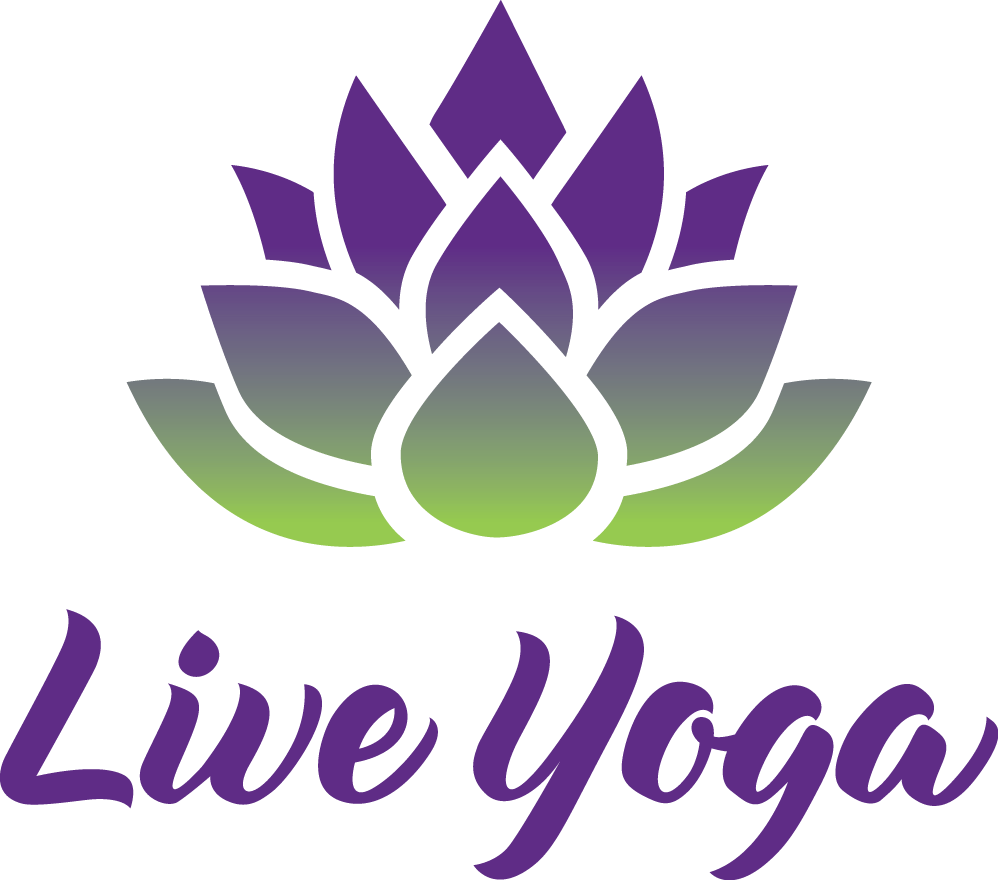Don't let an injury keep you from doing yoga!
Although injuries vary in severity, one thing is for sure: you don't have to let an injury keep you from doing yoga. Depending on the nature of your injury, modifications can be made to ensure that you stay safe and continue to reap the benefits of this practice. So whether you're nursing a recent sprain, back pain or dealing with a long-term affliction, these tips will help you get back into your yoga groove.
First, it's important to consult with your doctor or physiotherapist to get the all-clear before returning to yoga. Once you have the go-ahead, start slow and ease your way back into things. Avoid any poses that put strain on the injured area, and focus on gentle movements or restorative postures and build up to developing strength and happy movement patterns.
Here are the most important considerations when practicing yoga with an injury:
1. Listen to your body. If a pose feels too intense, back off or come out of it entirely. Don't push yourself beyond your limits in an attempt to keep up with the rest of the class. Studentship and our own agency over our body is so important and the key to a healing and healthy yoga practice.
2.When it comes to healing and injury prevention, it is important to say no to pain. Allowing pain while exercising or doing yoga can prevent healing and often create more problems. Yoga is a great way to stay healthy and fit, but if you're in pain, it's best to listen to your body and take a break. The real magic happens when we learn to move, stretch, create strength and bear weight on an injured area incrementally with NO PAIN. This can help us see clearly the path back to function.
3. Make modifications as needed. If a pose is aggravating your injury, modify it or skip it altogether. There's no shame in taking a child's pose when everyone else is doing Warrior III. Feeling like you overdid it, Savasana the corpse pose is always there to rest even mid-class!
4. Use props. Blocks, straps, and blankets can be helpful in modifying poses so that you can still get the benefits without putting too much pressure on the injured area. Supporting our body with props helps educate our body and make the postures a therapeutic endeavour when we have an ongoing injury.
5. Focus on your breath. This will help you stay present and also allow your nervous system to settle and access the parasympathetic nervous system (PNS) so you can destress and unwind. A little-known fact is when our sympathetic nervous system is activated and we are stressed and under tension this inhibits flexibility and range of motion. So, to get comfortable in yoga postures we have to calm the nerves through our breath.
6. If you're feeling stuck in your yoga practice from dealing with an injury, seek out an experienced teacher. A great yoga teacher can offer life-changing advice and help you make necessary adjustments to improve your postures by observing you in action during the class. Healing through yoga is a journey, and having a knowledgeable guide who cares about your wellbeing can make all the difference.
An injury is no match for the healing power of yoga. If you're dealing with an injury, don't let that keep you from reaping all the benefits this practice has to offer. Depending on the nature of your injury, there are modifications you can make so that you can stay safe and continue to enjoy doing yoga. With a little creativity and some guidance from an experienced instructor as well as your health care providers, you'll be back in (or find) your yoga groove before you know it. Don't let injury stand in your way–start practicing with care and positivity today and celebrate the healing benefits of this ancient practice and make it the perfect therapy for you.



